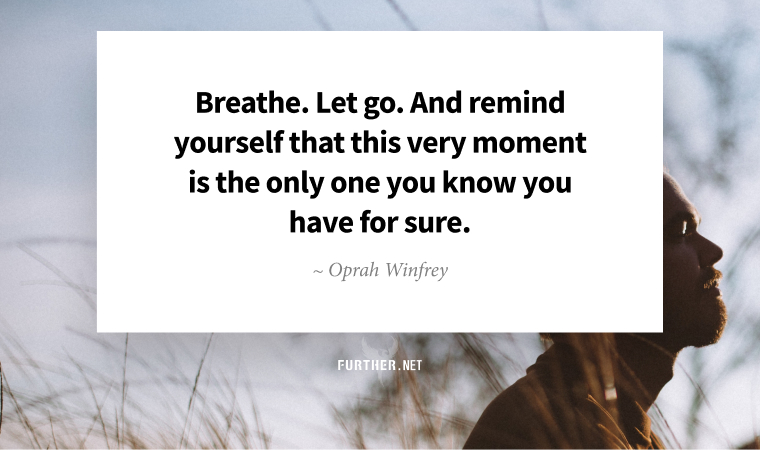
Lately, it feels like the end of the world, but I can’t say I feel fine. Global events aside, midlife for our sandwich generation is exceptionally stressful – compounded by social and economic upheaval.
All I can say is breathe. This isn’t a figure of speech; it’s literal. Breathwork is an ancient practice that’s become trendy in wellness circles because it can calm or energize you quickly, depending on the need or technique.
And while breathwork is a meditative practice, it doesn’t require you to sit still or empty your mind. Just do what comes naturally, and you have the power to dispel tension, anxiety, and even depression.
Breathing Room
First, a definition of breathwork:
Breathwork is an umbrella term that relates to the practice of consciously manipulating the depth and rate of breathing to achieve a specific outcome.
Quick breathing activates your parasympathetic nervous system (the fight-flight-freeze-please response), which in small doses produces “good” stress (eustress) and helps boost your energy. Slower breathing stimulates the sympathetic nervous system (“rest-and-digest”), allowing you to release tension and relax.
The best part about breathwork is you can do it anytime, anywhere, and enjoy immediate effects. Be sure to talk to your doctor before trying it if you have chronic health conditions or a recent injury or surgery.
Breathwork Techniques
Using the breath to help regulate your body and/or emotions is a simple practice with profound transformational benefits. Breathwork options run the gamut from advanced techniques done with a qualified professional to alter your consciousness and create significant psychological shifts (i.e., holotropic or rebirthing) to simple exercises you can do at home for relaxation and grounding, including:
- Box breathing
The Navy SEALS use this technique of drawing a box with the breath to cope with high-stress situations: inhale-hold-exhale, each to a four-count. Repeat four times. - Diaphragmatic (“belly breathing”)
Perfect for a pre-bedtime chill: Sitting or lying down, put one hand on your stomach and the other on your chest. Expand your belly on the inhale and contract it on the exhale; repeat for five to ten minutes. - 4-7-8 breathing
Count the beats of your breath for greater focus: inhale through the nose for four counts; hold for seven counts; exhale through the mouth for eight counts. Repeat four times. - Alternate nostril (pranayama)
Start by closing your right nostril with your thumb or forefinger, inhale through the left; close both nostrils for a beat; exhale through the right nostril. Now, go backward, right to left. Repeat for three minutes; increase up to ten minutes over time.
So, the next time you feel like you don’t have time to breathe, remember, you actually do. Just add a dash of intention, and you can clear the air of stress and anxiety.
What is Breathwork And How Does It Work (A Beginner’s Guide)
